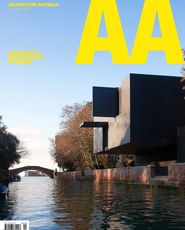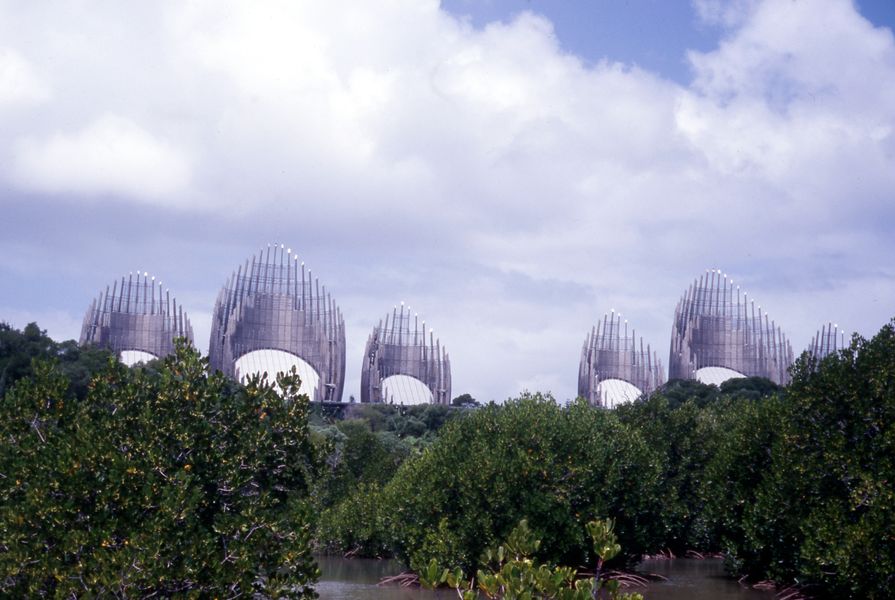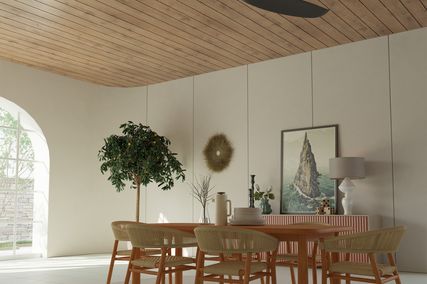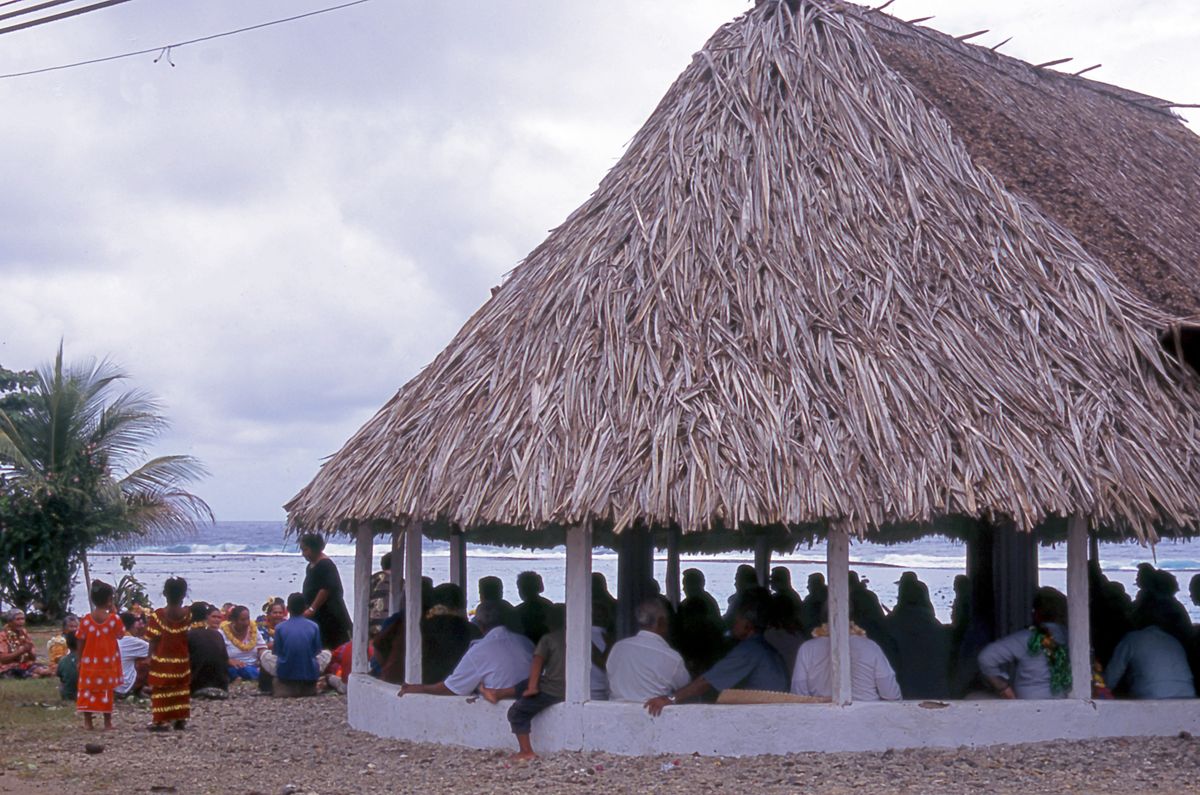Architecture in the South Pacific: The Ocean of Islands by Jennifer Taylor and James Conner.
In the 1950s the Port of Sydney visibly connected the islands of the South Pacific and the world. The great white ocean liners of the Matson Line – the Mariposa and the Monterey – would regularly depart for San Francisco via Suva. Also evident were the smaller ships of the island traders Burns Philp and W. R. Carpenter, and the dark hulled vessels of the Messageries Maritimes fleet, which linked Tahiti and New Caledonia to France.
The South Pacific was settled more than eight-hundred years ago by the most intrepid sailors and navigators – firstly Melanesians, and then Polynesians – who travelled thousands of nautical miles in double-hulled sailing canoes to reach remote and previously unoccupied islands. Facing the natural hazards of the region – devastating storms and the heaving ocean floor with its volcanoes and earthquakes – they persevered to achieve new communities in idyllic tropical settings.
Early European explorers were enchanted by the natives and their lifestyles. Their impressions conveyed the mystique of the “noble savage” living in paradise; a vision that quickly captured the imagination of the West.
New England whalers and sandalwood traders arrived around 1800, soon followed by missionaries determined to “save” the islanders. Their activities became the nucleus of small coastal settlements, which were dominated by the churches and by general stores. The European powers, in their pursuit of strategically placed colonies with natural resources, moved to gain control of all the major islands. Thus Samoa became German (until World War I), New Caledonia and Tahiti were French and Fiji was British, and formal administrations with their allied public buildings came into place.
The European presence in the South Pacific was generally modest, with the exception of the British, who first settled Fiji in the 1820s. The British made use of Fiji’s large acreage and fertile soils and sugar cane soon became the dominant crop. Sixty thousand indentured Indians were brought in between 1879 and 1920 to work in the sugar industry, adding to the myth that “white men cannot … work in the tropics.” Fiji also had valuable timber, and the discovery of gold and other minerals encouraged wider settlement and the stamp of British authority: barracks, police stations, court houses and schools. In due course the capital Suva had a fine Government House (1928), large Government Offices (1939), substantial emporiums and a number of imposing houses, all reflecting Fiji’s significance in the region. Its Grand Pacific Hotel (1914) still conveys the white-jacketed elegance known to rich Edwardian travellers, administrators and plantation owners.
Little actual conflict occurred on the islands during the Pacific campaigns of World War II; instead, the Allies built strategic military airports and deep-water port facilities on the land. With peacetime came a gradual withdrawal or lessening of influence of the Colonial powers. The obvious exception was the French in New Caledonia and Tahiti. New Caledonia was a quiet backwater until the nickel boom of 1969–72 brought new wealth and activity to Grande Terre, its main island. Tahiti was linked to French military aspirations during the period 1960–1996, with atomic testing bringing government investment but putting the future wellbeing of French Polynesia at risk.
Jet passenger aircraft in the 1960s used the former military airstrips and enabled world travellers to readily visit the South Pacific, and to stay in modern resorts. These resorts, mostly set alongside a beach or around a large swimming pool, typically embrace a regional flavour with thatched bures and high-ceilinged pavilions evocative of traditional tribal meeting houses ( fales ), all set among lush tropical gardens.
Jennifer Taylor was first invited to summarize the “architecture of Oceania” for world architecture encyclopaedias in the 1980s and 90s, and discovered that little, if anything, had been written on the topic. Over the past seven years Taylor and James Conner explored the islands of the South Pacific, typically finding scant architectural records; those that survived often ravaged by humidity and tropical insects. The evidence of the extant buildings and specialist local knowledge largely informed their survey.
Some fine, if modest, Colonial architecture remains, while the charmingly naïve “faith and fantasy” churches of the Wallis and Futuna Islands provide a set of indelible architectural images.
The contemporary architectural offering is quite limited. There are excellent white modernist 1960s and 70s buildings in Noumea by Gabriel Cayrol, and the occasional house by a stylish Sydney designer, such as those by Douglas Snelling in Noumea and Mont Mou, New Caledonia; and one by Peter Stutchbury at Port Vila, Vanuatu. The landmark structure is the Renzo Piano Building Workshop’s Jean-Marie Tjibaou Cultural Centre, which is set on a wooded peninsula near Noumea. Conventional cultural facilities are located on one side of the building’s spine; on the other side, circular spaces rise to form lofty slatted timber drums. Set amid a landscape of tropical lagoons and rain forest, these drum-like spheres provide an imposing sculptural motif that is instantly recognizable.
Architecture in the South Pacific is a remarkable achievement, fascinating in its panoramic perspective. It is bound to remain the key text on the evolution of the South Pacific and its architecture for decades.
Architecture in the South Pacific: The Ocean of Islands (Jennifer Taylor and James Conner, Editions Didier Millet, Singapore, 2014, 356pp, RRP $85)
Source

Discussion
Published online: 14 Sep 2015
Words:
Howard Tanner
Images:
Jennifer Taylor
Issue
Architecture Australia, July 2015




















